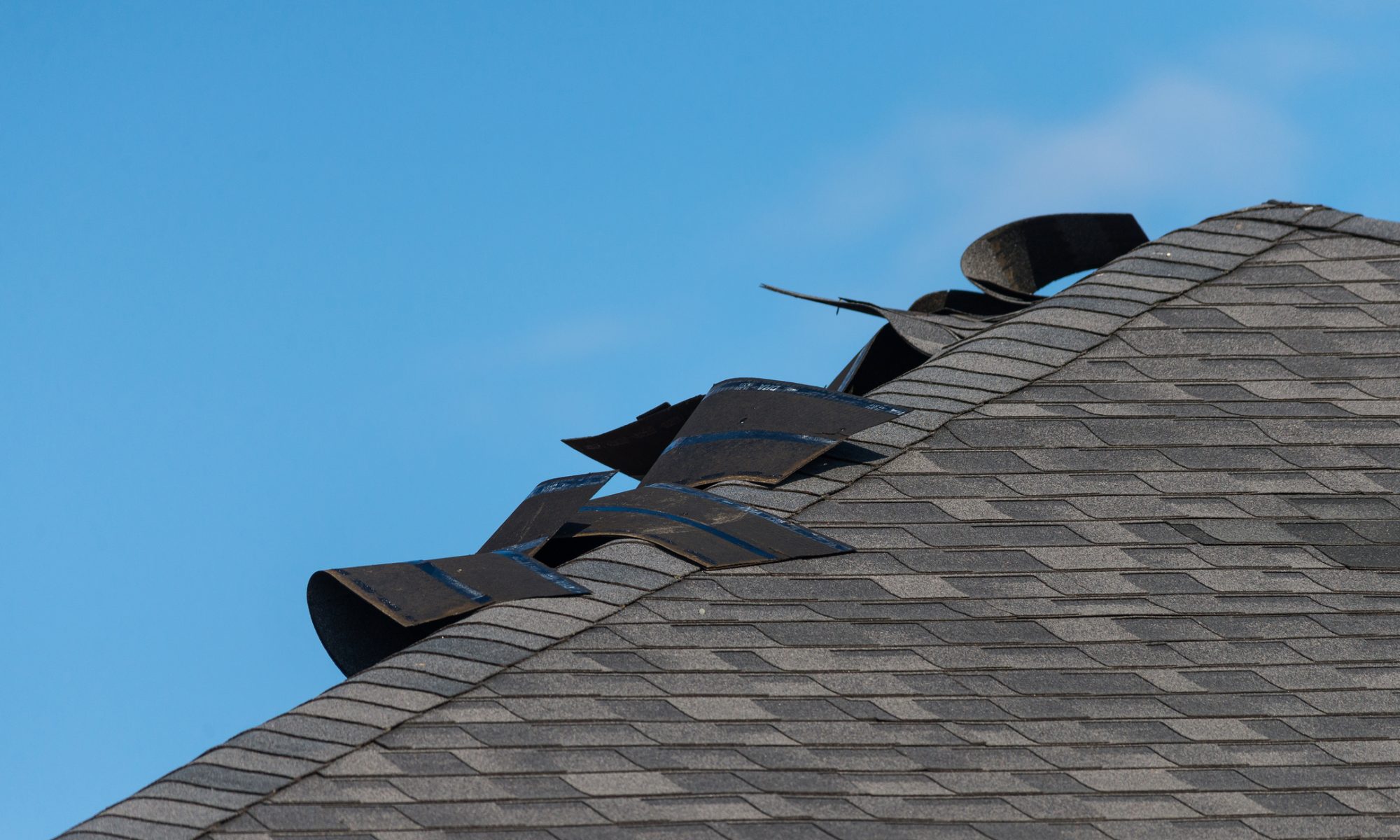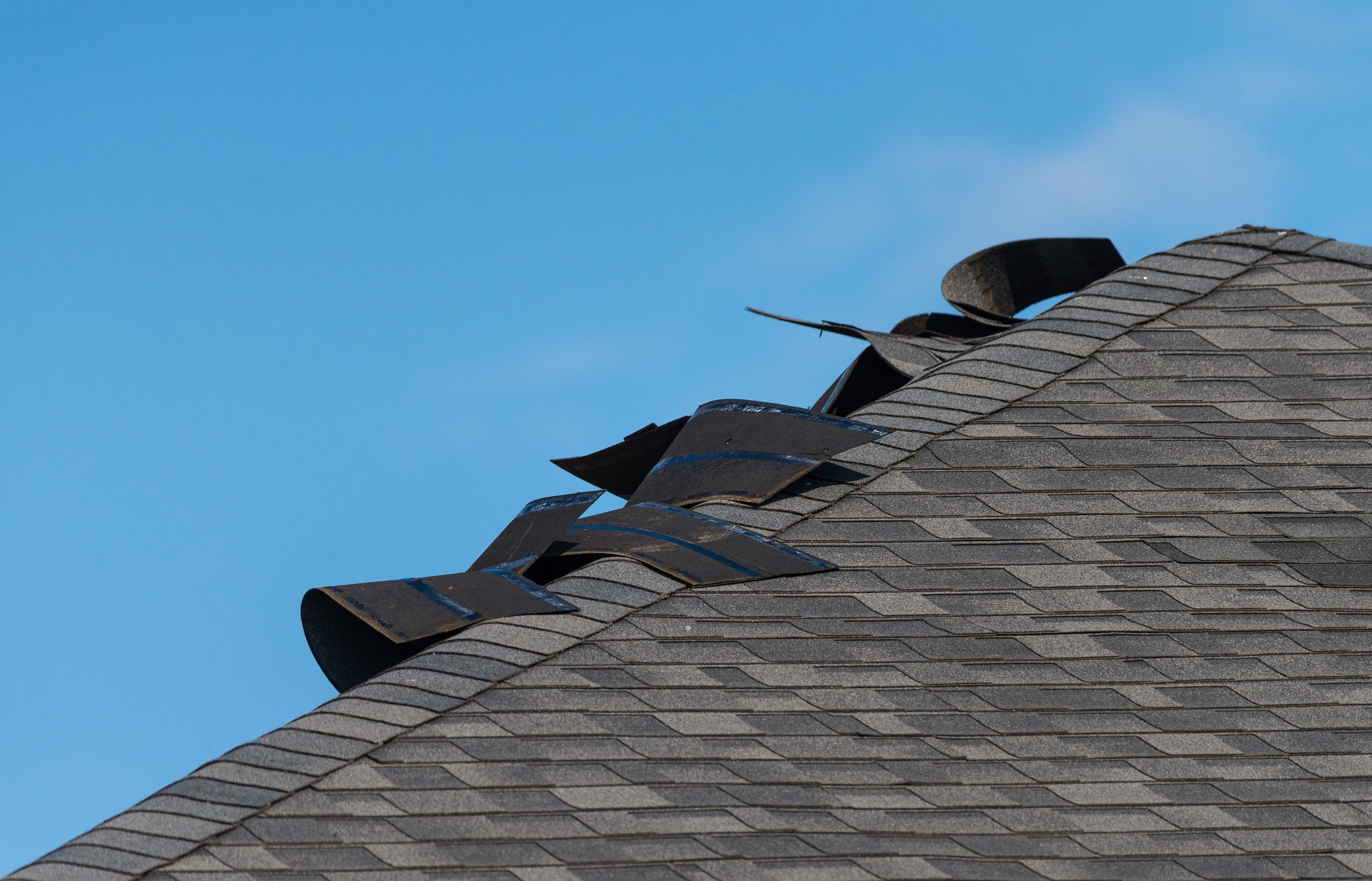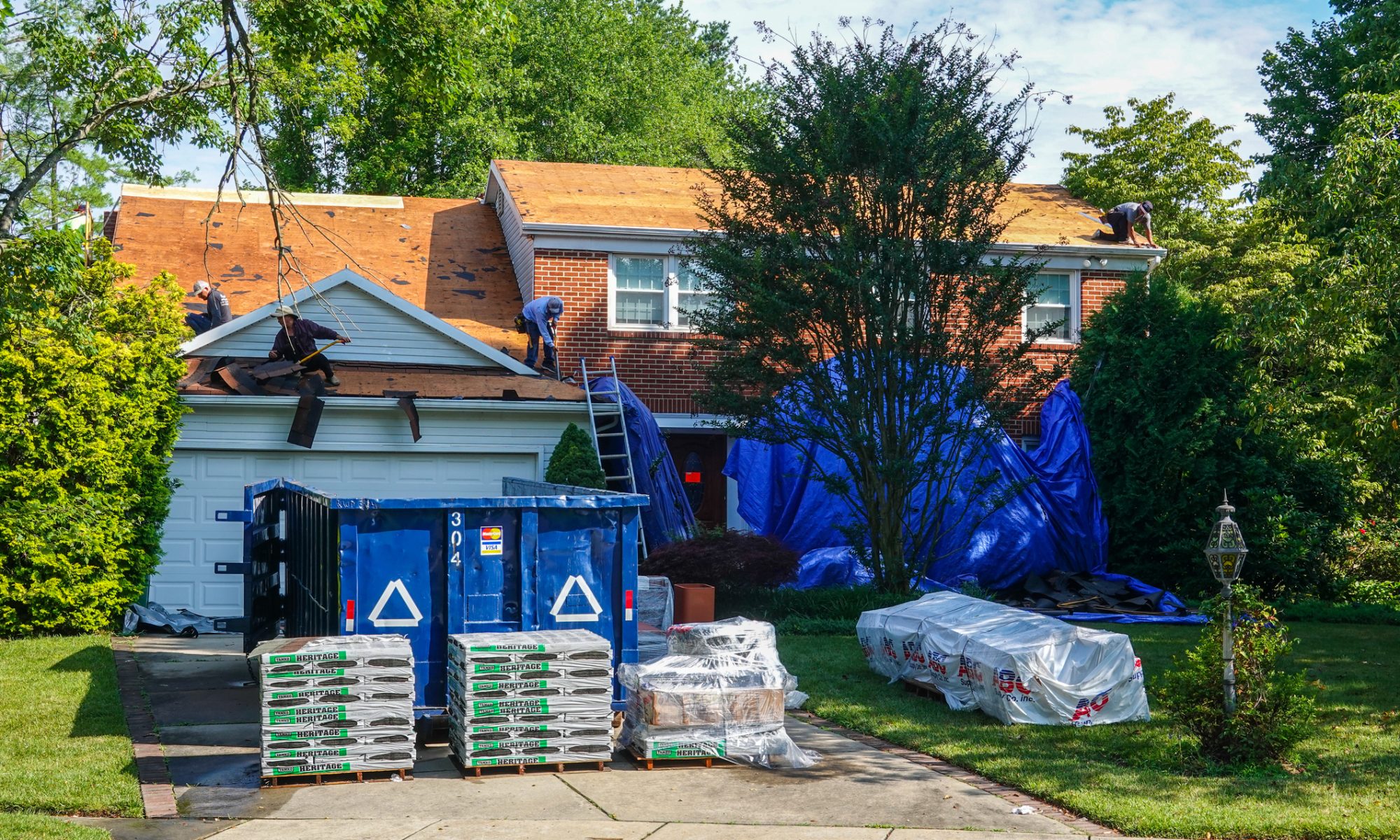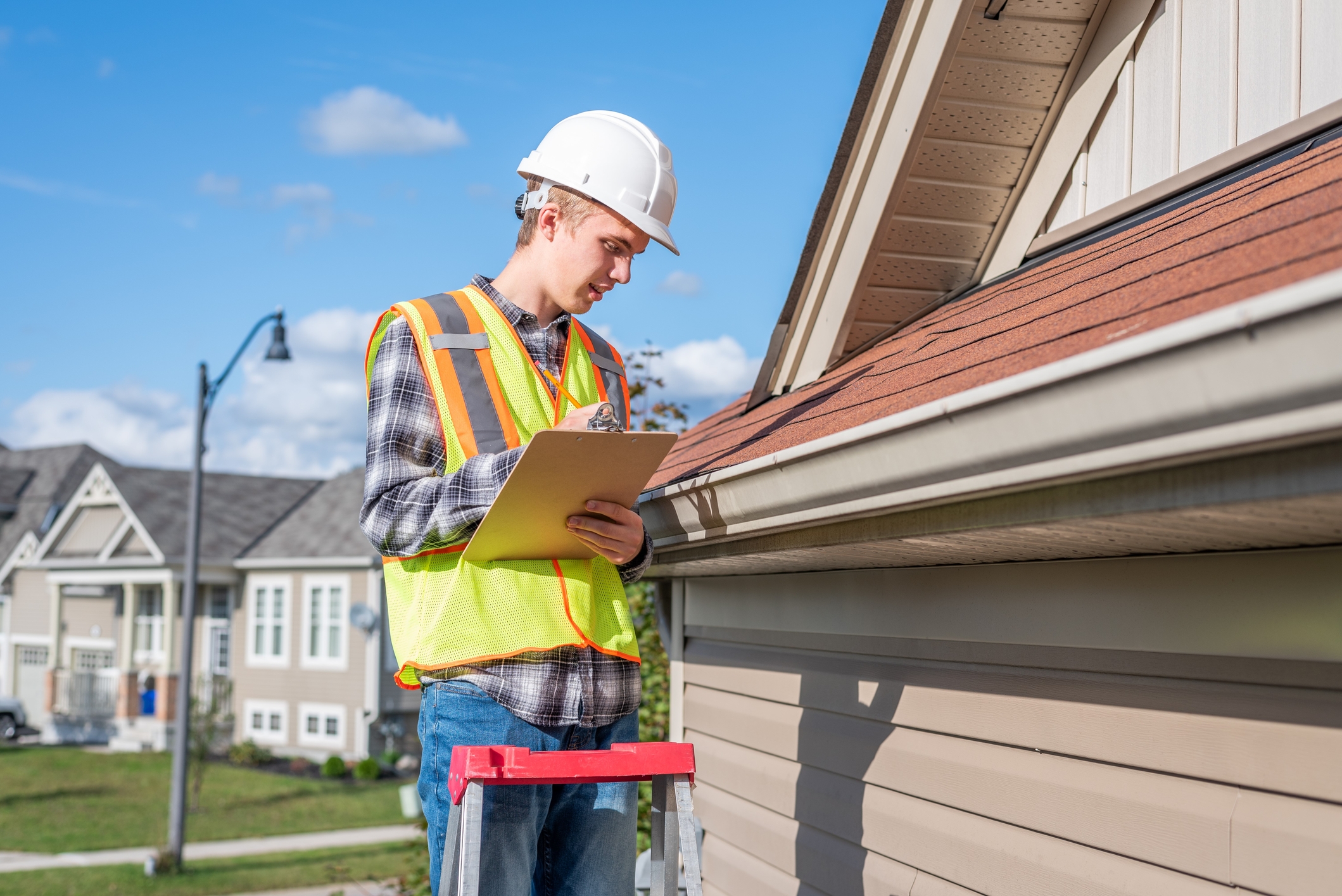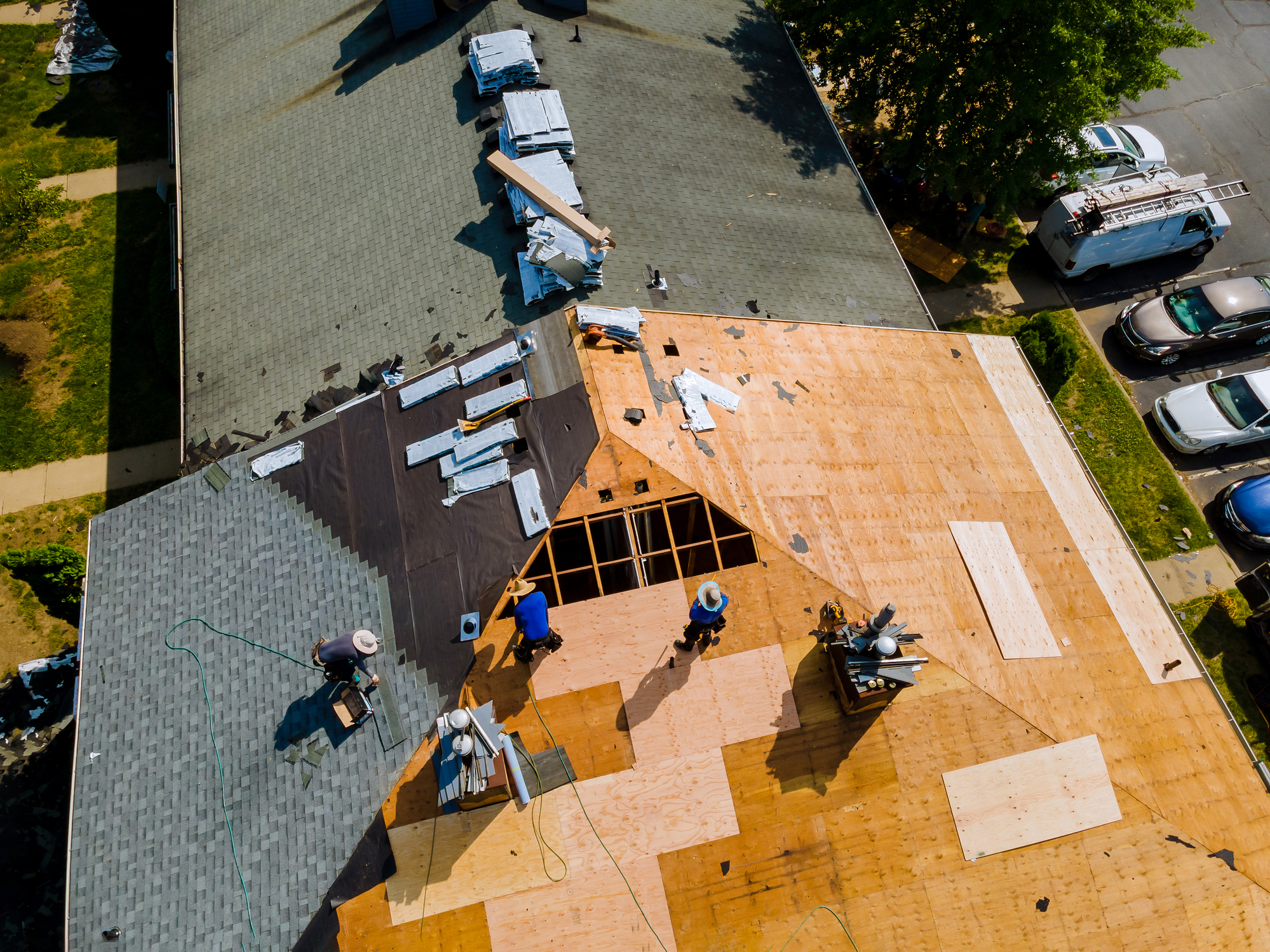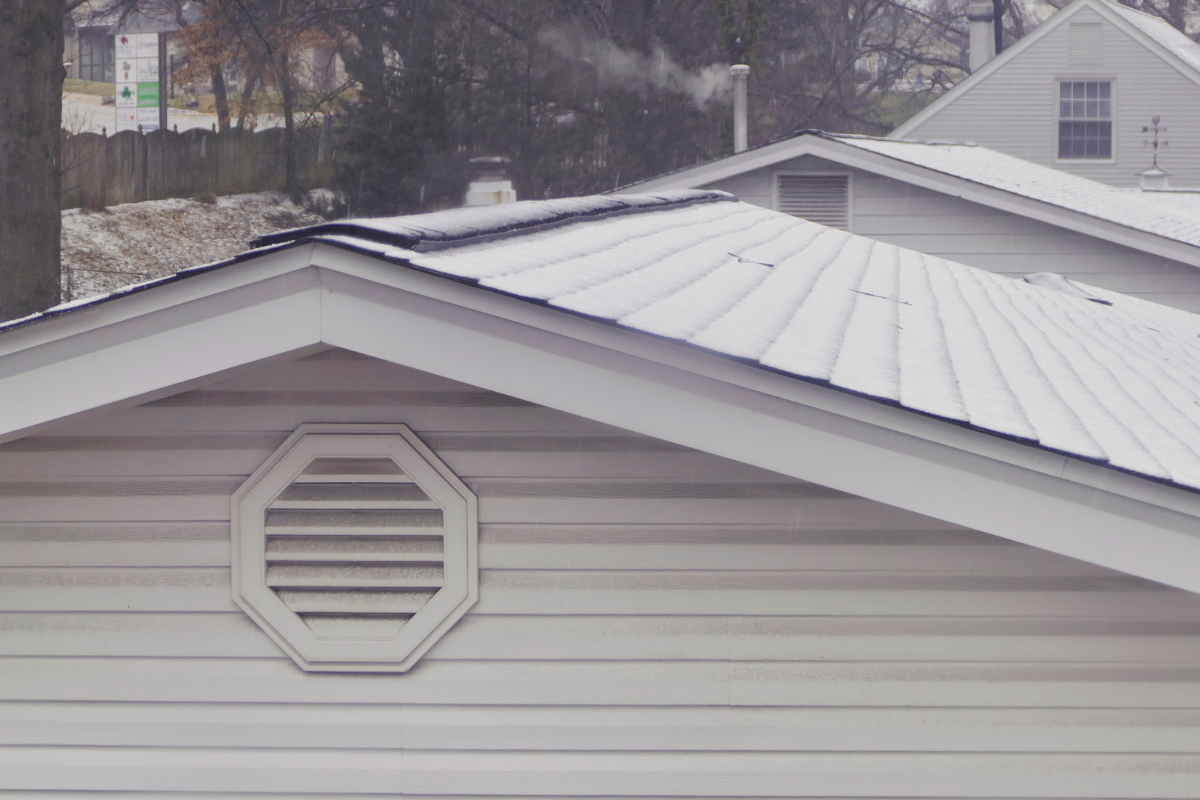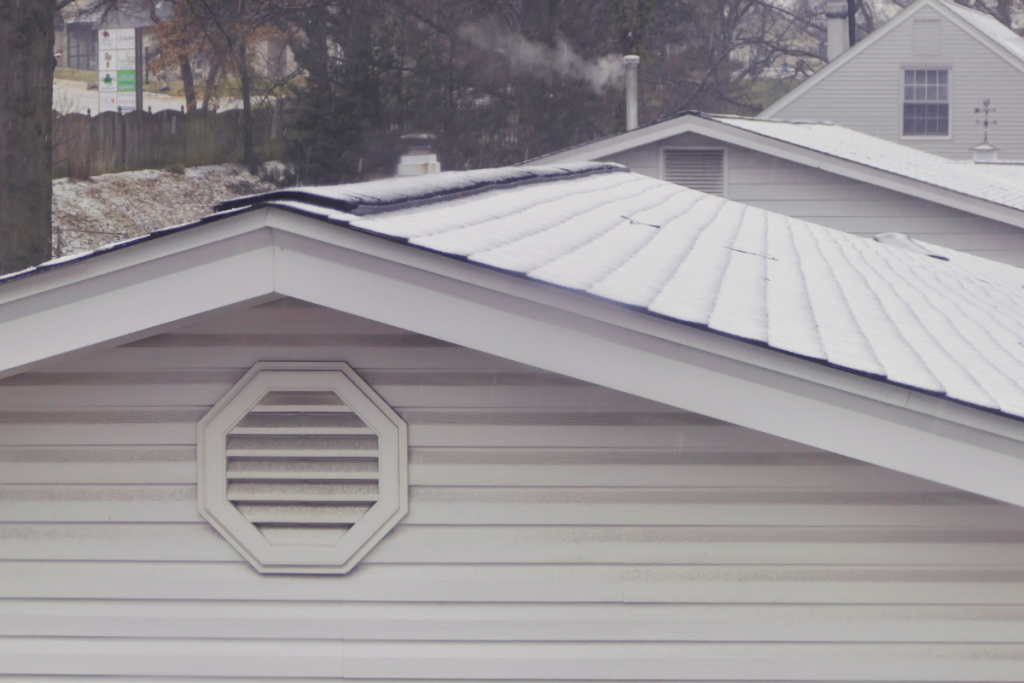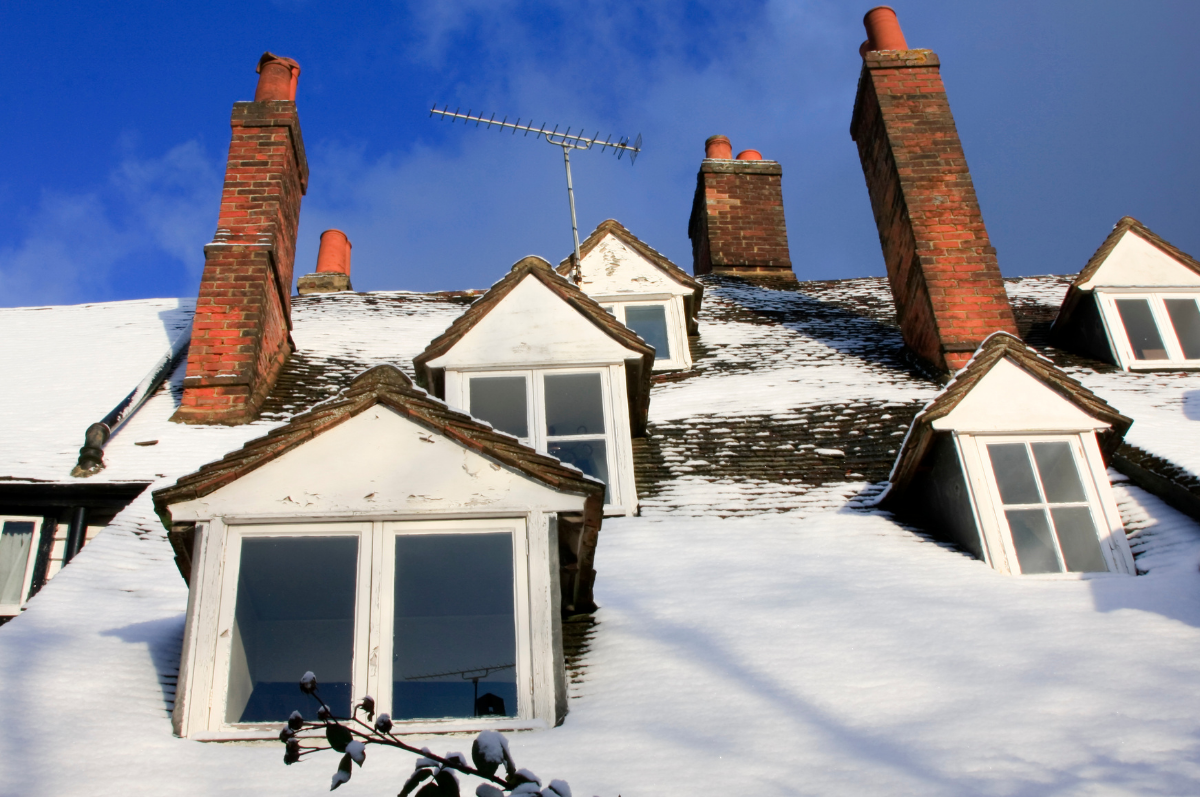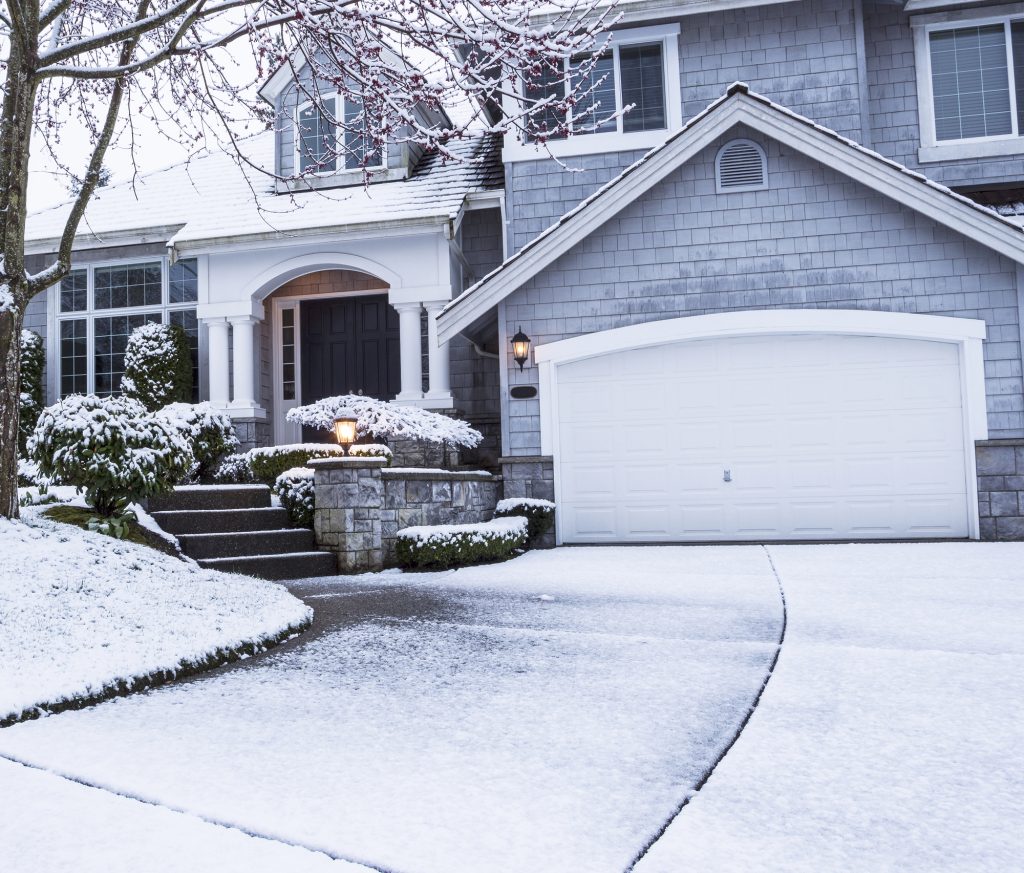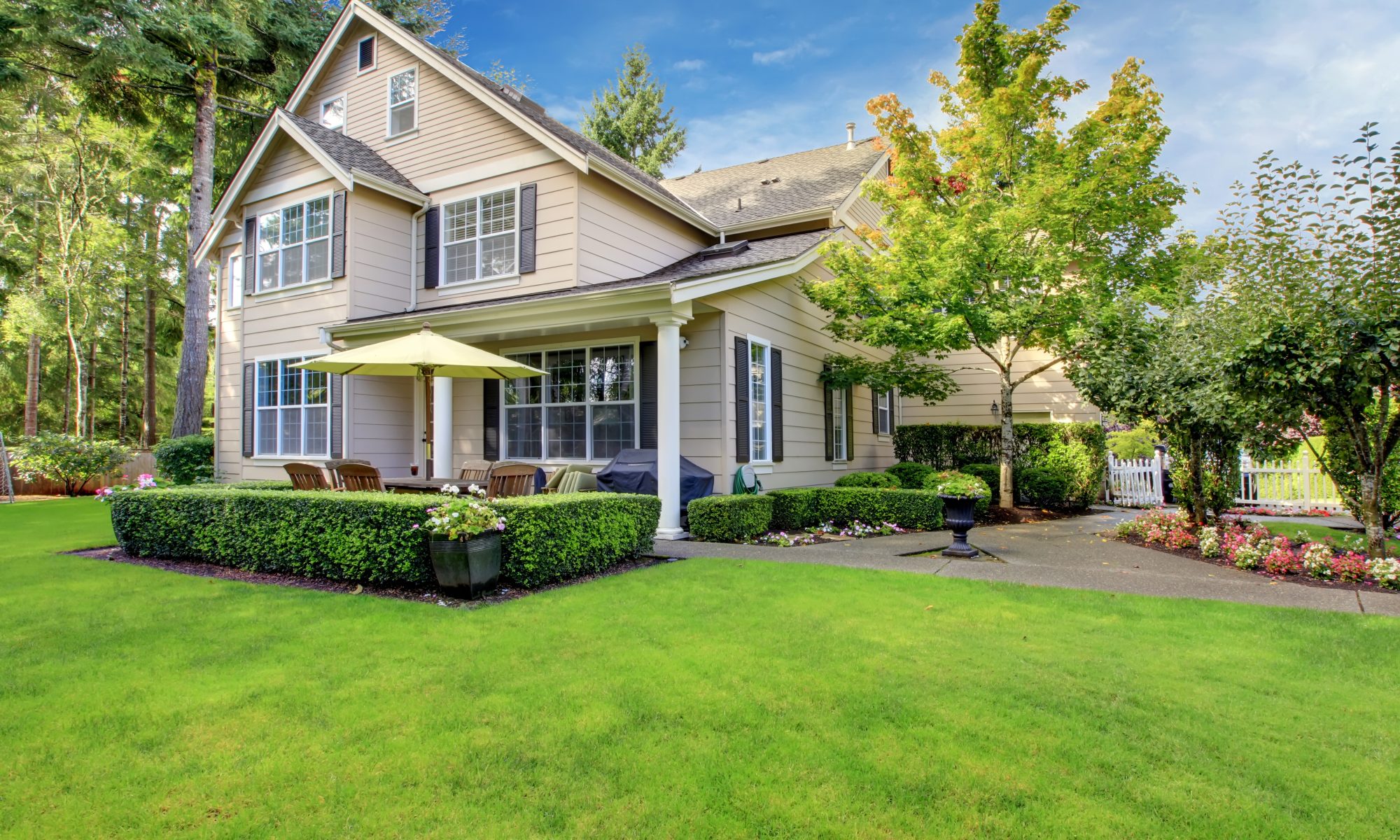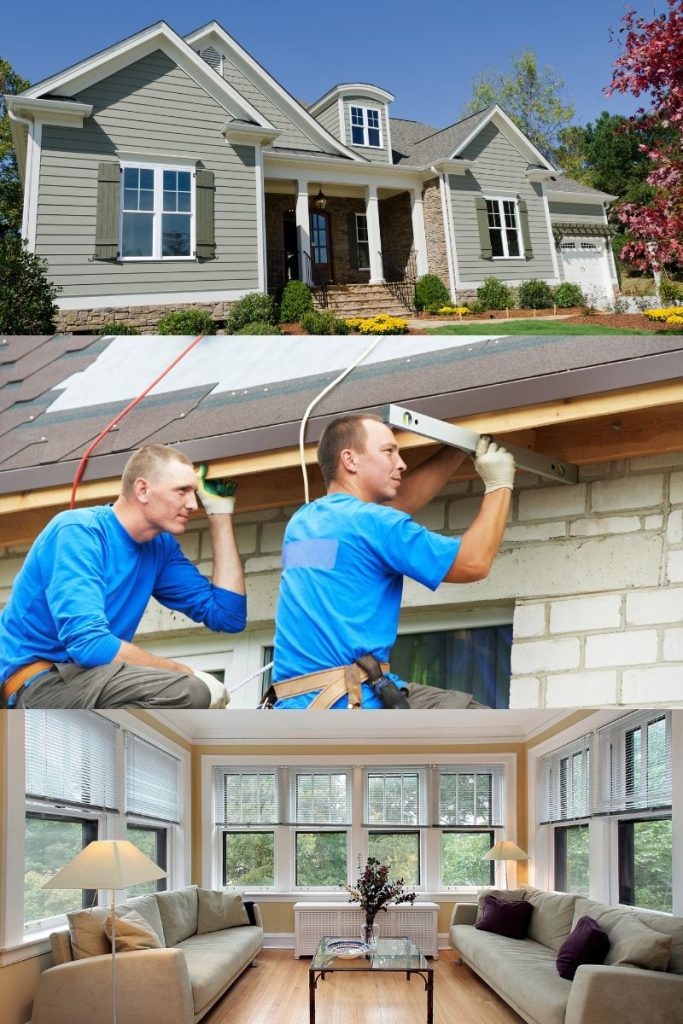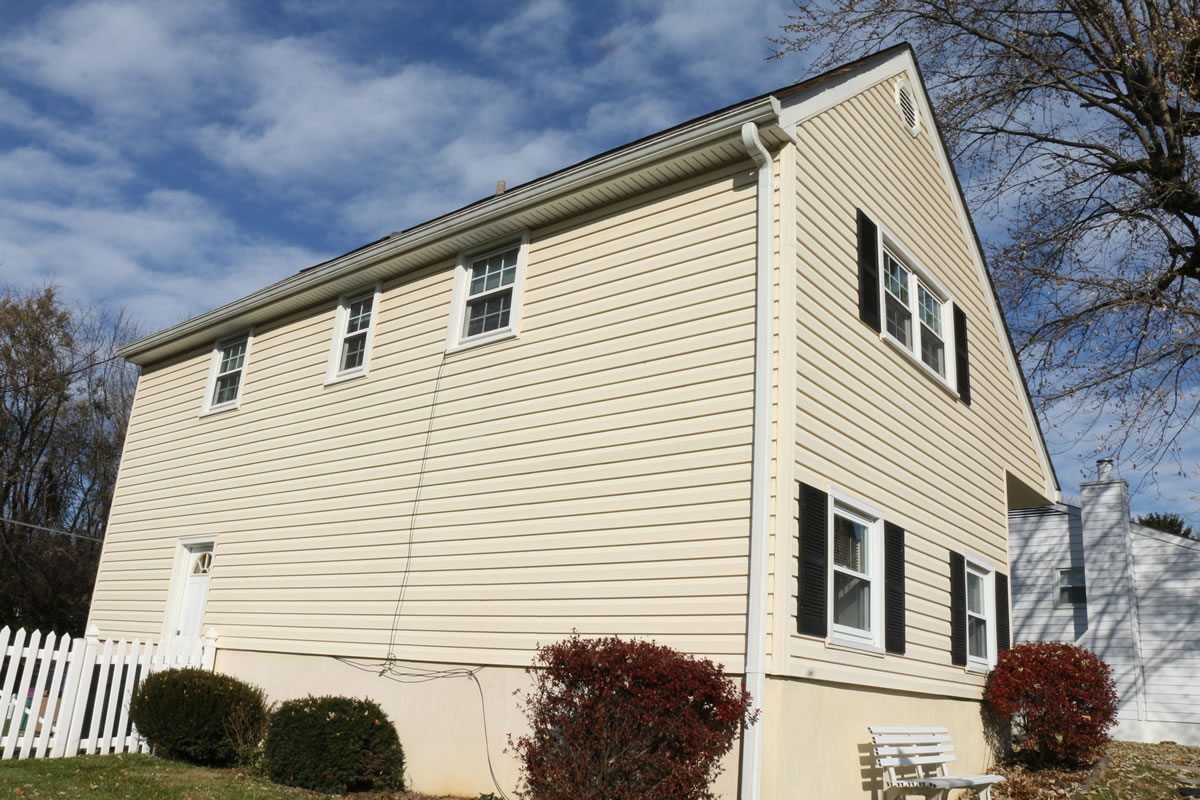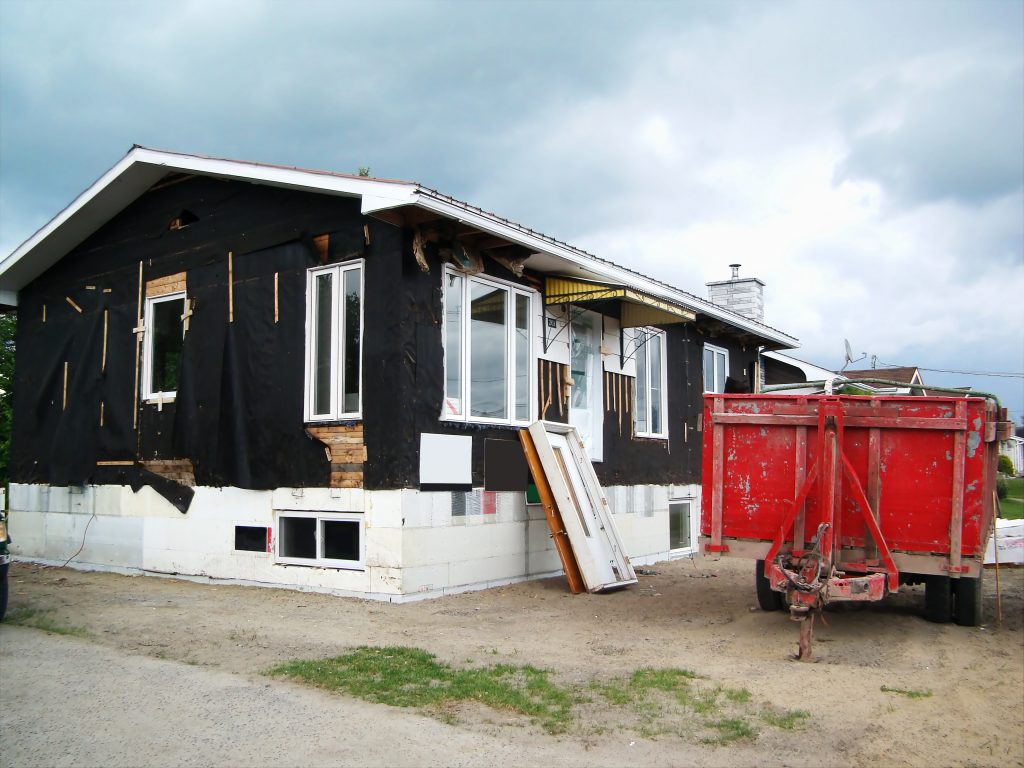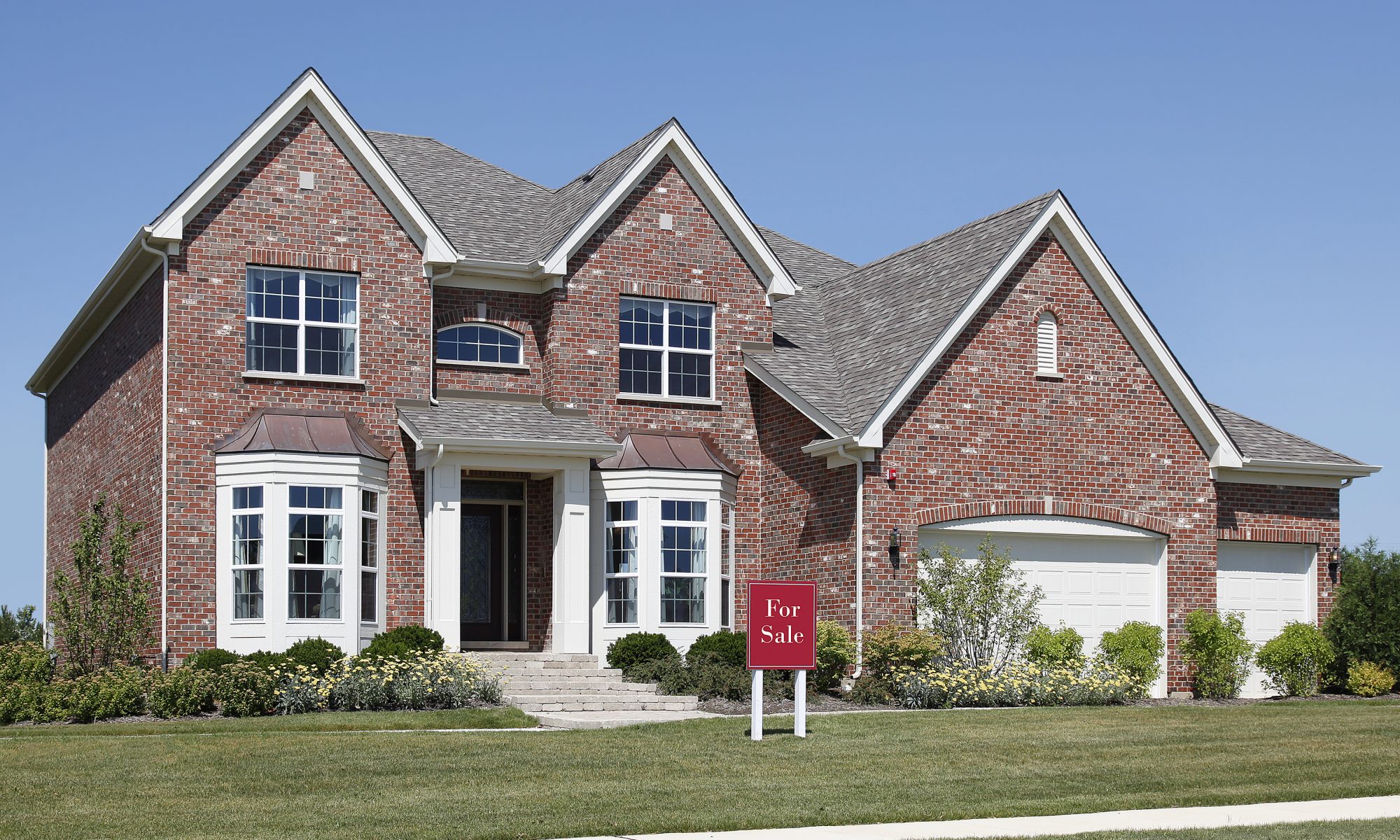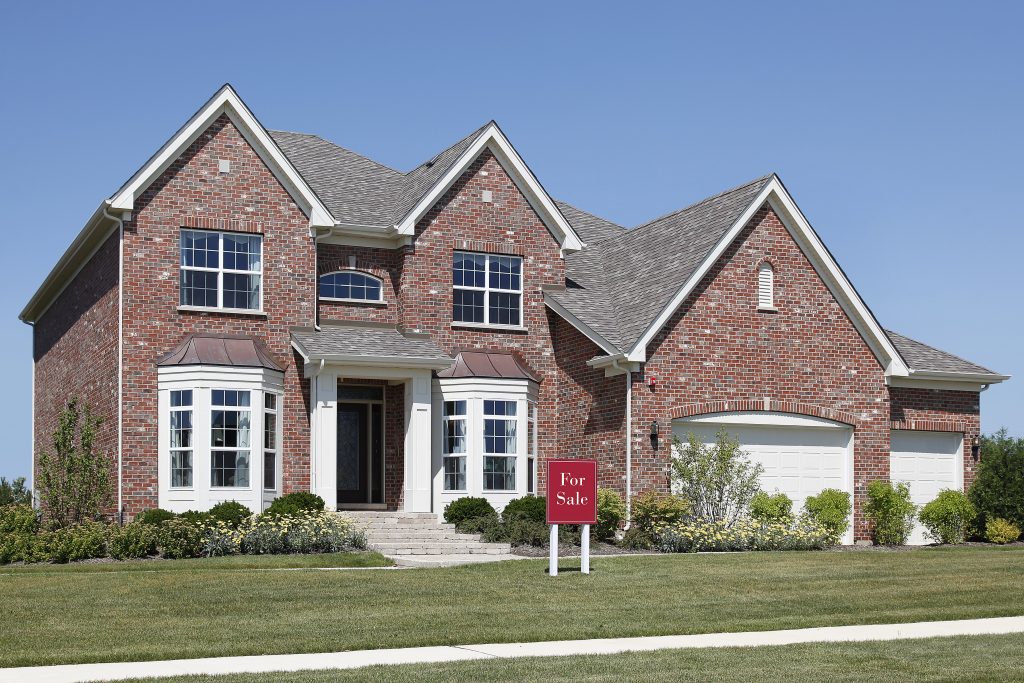
When you need a new roof, you don’t always have the luxury of time. While the ideal way to pay for a new roof is to save up your money until you can afford the cost, a roof replacement may be an emergency situation and you might not be prepared for the expense. After a huge storm or natural disaster, paying for a new roof may seem overwhelming, and you can’t just put off the expense until you can afford it. Luckily, homeowners have more roof replacement financing options than ever before that can help them afford the cost of a new roof. From personal loans and renovation loans to refinancing your home or using a roofing contractor’s roof financing options, here are some of the most financially-sound ways to pay for your home’s new roof.
Using a Credit Card to Pay for a New Roof
If you have a credit card with a high enough limit, you can use it to pay for a new roof. Credit cards are great for situations in which you have an emergency roofing problem and need to pay for repairs or a roof replacement right away. However, pay attention to the credit card’s interest rate and don’t use a credit card if you don’t think you can repay the cost within one or two years. If you take longer than that, the interest can end up making your new roof cost 25-30% more. You can also pay a down payment in cash and then put the rest of the balance on a credit card.
Applying for a Personal Loan for a New Roof
Taking out a personal loan can be a fast way to pay for a new roof. You won’t have to put up collateral, and if you have good credit, you may qualify for a lower interest rate. Pay attention to the repayment terms, as most personal loans have shorter repayment terms than loans that require home equity or collateral. A personal loan is provided in a lump sum, and you won’t risk having a lien placed on your home if you default or fall behind on payments. However, personal loans can have an annual percentage rate (APR) or annual interest rate of up to 36% so you should only take one out if you think you can pay it back within a year.
Using a Home Equity Loan for Roof Replacement
A home equity loan allows you to borrow money to repair or renovate your home or replace your roof, but you need to use your home as collateral. Home equity loans can take weeks or even months to finance. The benefit of a home equity loan is that it offers a fixed interest rate and can give you as long as 30 years to pay off at the lowest payment rate possible. You will need a decent credit score, and you will need to schedule a home appraisal. You will essentially have two mortgage payments each month: your regular mortgage and then the repayment of your home equity loan. If you default or miss payments, you risk foreclosure, however.

Using a Home Equity Line of Credit
A home equity line of credit (HELOC) is like a combination of a credit card and a home equity loan. It is a credit line that is secured by the value of your home. If you default or miss payments, your home can be foreclosed upon. A HELOC is available through your bank, credit union, or mortgage lender. It can provide money in a matter of weeks with lower interest rates than a credit card or personal loan.
Refinancing Your Home to Cover the Cost of a New Roof
Refinancing your home can give you the money you need for a roof replacement. You will enter into a new loan agreement with a higher loan amount than what you owe on your remaining mortgage. You will use the loan to pay off your current mortgage, and the money that is left over can be used to repair your roof. Your interest rate may be less than that of a home equity loan and refinancing is usually easier to qualify for. However, it can take one or two months to finalize the process. You can usually borrow up to 80% of your home’s appraised value and your loan amount will depend on your credit, assets, and income.
Applying for a Home Renovation Loan for a New Roof
A home renovation loan can help you pay for a new roof and other home renovation projects. The loan is based on the value of your home after the improvements are completed, so you have higher borrowing power. Some lenders even consider applicants with lower credit scores.
Applying for Roof Contractor Financing for a New Roof
Roofing contractors often offer their own financing options for a new roof or roof replacement. Your contractor may offer in-house financing or have a partnership with one or two lenders who offer home renovation loans or personal loans. In-house financing options are sometimes more lenient and may offer six months or a year with no interest. The lender will work directly with the roofing company, and you may get a little more flexibility than you would if you worked with a bank or other lender. However, if you default or miss payments, the roofing contractor or lender can put a lien on your home.
Learn More About Roof Replacement Financing in Baltimore County, MD
At Badger Contracting, we want to make it as fast, easy, and stress-free as possible for our customers to secure a roof replacement or roof repairs. We offer roof replacement payment plans and financing options for homeowners who can’t afford the costs of a new roof upfront. When you meet with our financing team, we will go over the terms and conditions and can determine if our financing offer is right for you. We use a simple, three step process that prioritizes customer satisfaction and makes it easier to get started on your roof replacement. You just need to complete a simple application form and then work with us to begin your project. Call us today or fill out our online contact form to ask questions or get started on your financing application online.







